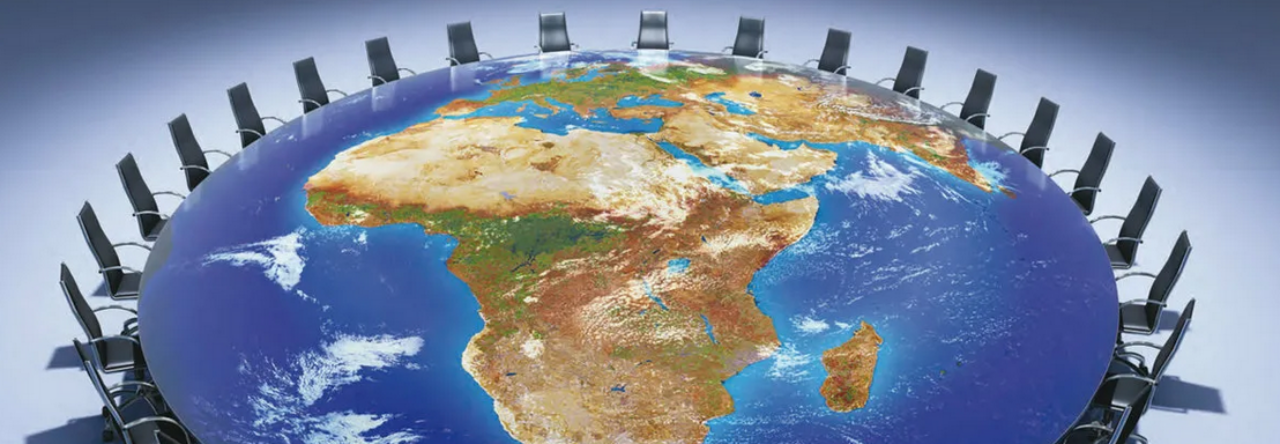Gilpin: War and Change in World Politics
pp 106-115
Before you read
I. Think over the following questions
- What do you know about the author of the text? What is his contribution to the theory of international relations? Have you read anything by this author before?
- Skim the text very quickly and say who it is intended for.
- What is the register of the text?
While you read
Read the text carefully, pencil in hand and
- find the following words in the text; try to guess their meanings using the context
- eventual
- linear
- encounter
- retard
- diminish
- siphon off
- subsistence
- surplus
- find Russian equivalents of the words above
- match the words from the list with their less formal synonyms
| eventual | living, necessities of life |
| linear | experience, combat |
| encounter | decrease, shrink |
| retard | extra, excess |
| diminish | direct, straight |
| subsistence | final, expected |
| surplus | delay, hinder |
- match the term with its definition:
| subsequent | to carry off or remove (something) and use it elsewhere |
| recurrent | to keep or enclose (something) within bounds; restrict |
| transcend | occurring after; succeeding |
| reciprocal | lying near, or close; touching; facing;adjoining |
| circumscribe | occurring or appearing again, esp. repeatedly or periodically |
| adjacent | to go beyond the ordinary limits of;exceed |
| siphon off | mutual, corresponding; performed in return |
- match the collocations from the text:
| economic | imperium |
| exercise | level |
| universal | forces |
| countervailing | pattern |
| diminish | surplus |
| impose | of the primitive village |
| subsistence | territories |
| recurrent | domination |
| transcend | a limit |
| adjacent to | returns |
Read the text again and elucidate on the following notions:
- marginal cost/ benefits
- magnitude
- prerogative
- determinant
- ratio
I. Answer the following questions:
- What are the countervailing forces that come into play to slow down and eventually arrest the impulse of a state to expand its territorial, political, and economic control over the international system?
- What are the three categories of social formations identified in the passage, and how do they differ in terms of their economic characteristics and their roles in international relations?
- Is Amin’s formulation of social formations too elaborate, or is it necessary to include all five modes of production to understand the dynamics of different societies? (Do you agree with Amin’s formulation of social formations and the five basic modes of production? Are there other modes of production that could be added to the list?)
- Is the modern industrial nation-state the most significant social formation in terms of generating and distributing wealth and power among groups and states, or are other social formations equally important in shaping international relations? (Do you agree with the author’s three categories of social formations, and the exclusion of localized social formations from the discussion? Should localized social formations be given more attention in international relations theory?)
- To what extent did the imperial cycle shape the history of international relations?
- How did the rise and decline of empires affect international conflict during the premodern era?
II. Summarise the ideas of the chapter.
